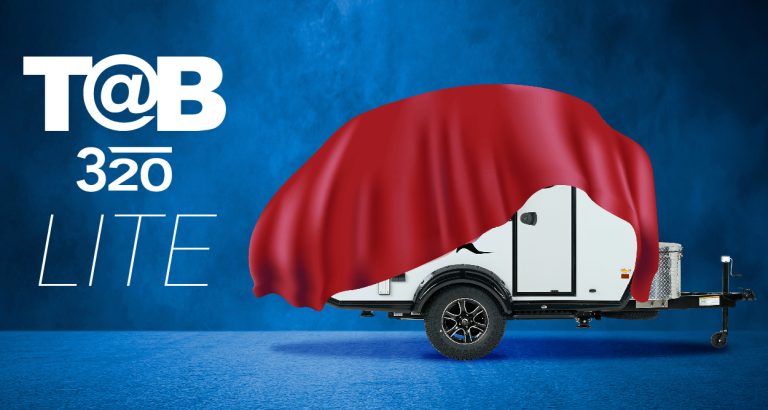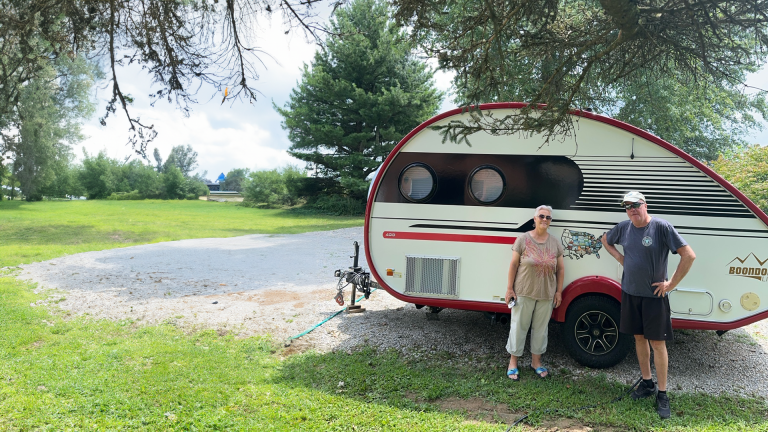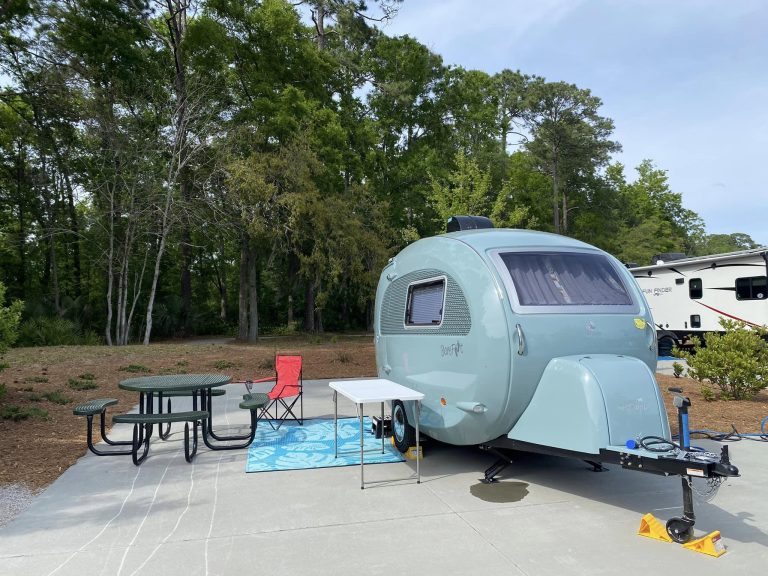As much as you like the sunshine, sometimes all that heat and humidity can be darn near oppressive. Even if your camper is air-conditioned, it can still be a challenge to stay cool. RV ACs only result in a 20-degree reduction compared to the ambient temperature, according to KOA. And if you’re without AC, you really have to be creative if you want to beat the heat!
While you can’t stop the mercury from rising, you can employ some strategies provided by experts and experienced campers to keep comfy during these hot summer days and nights.
Maintain your equipment.
Make sure the AC unit equipment is roadworthy. If it’s due for an annual checkup, take care of it before you head out on your trip.
A tip from Mountain Mat: if you’re spending a significant amount of time around the ocean, don’t skip routine maintenance since salt can negatively impact your system. And don’t forget to clean your air conditioner filter on a regular basis. Check your owner’s manual for the recommended schedule and method. Then do a monthly check of your AC vents, intake, and the rooftop AC unit to make sure they are clean and free of any dirt and debris. Keep a watchful eye for any wasp nests in the housing, reminds Drivin’ & Vibin’.
Close the gaps.
Do an insulation inspection, looking for gaps around doors, windows, pipes, and vents that can let in the hot air and allow the cooler air to escape. If you see openings, add new caulking, weatherstripping, or insulation. In this KOA post, you’ll find a useful breakdown of the pros and cons of various types of insulation.
Shoot for shade.
Think of the orientation when you choose your spot so as the sun moves over it, your slider or screen room will be shielded from the rays. KOA recommends parking with the front of your RV facing north which will help reduce the direct attack of the sun. No trees to block the sun? Create your own with ropes and tarps. KOA recommends using wide nylon or other tree-friendly straps so as not to damage the trees.
If you have an awning, extend it when the sun is on that side to help reduce the heat effect of the rays, says Always on Liberty. And if you add a screen shade, you’ll get even more protection from those UV rays.
Find some fans.
Big fans, little fans, and even battery-operated fans can help circulate the air and create the illusion of a cooler environment. And if your camper is air-conditioned, it will also move the cooler air up. (Remember: warm air rises while cold air settles.) Evapolar suggests installing roof vent covers with a built-in fan since it will pull air through the vents into your camper. (Note: the fan will need a power supply.)
Upgrade your illumination.
Incandescent and CFL bulbs generate far more heat than LED ones. According to the EarthEasy chart, the heat emitted by an LED bulb is 3 BTUs/hour, while CFLs come in at 15 BTUs/hour and incandescent are at 85 BTUs/hour! So check your bulbs and go for LED. And shut off any lights when you don’t need them. When it comes to keeping cool, every little bit helps.
Cover the windows.
There are a variety of ways you can keep the sun from shining right into your camper, starting with closing blinds and hanging blackout curtains to using reflective bubble insulation such as Reflectix (available at home improvement stores and online) on the exterior of the windows. And don’t forget the skylights, says Mountain Mat. Use Velcro tape to secure Reflectix to the interior so you can easily remove them when you want to see the stars. (Check out this post from Bob Vila for other window film options.)
If your door window doesn’t have a shade, install either a window shade kit or an insulated covering for a two-for-one result, says Always on Liberty. You’ll not only keep the heat out but also gain some privacy, too! Drivin’ & Vibin’ also recommends using RV vent covers not only to block light but also to keep the hot air from coming into your camper.
Reduce energy use.
As much as possible, keep your television and electronics turned off since they can emit a fair amount of heat, says Always on Liberty. Plus, this reduces the energy draw on your system — especially important if you’re running your AC.
Be itinerary-wise.
If you have some flexibility when planning your travels, consider the weather when mapping out your journey. Websites such as weather.gov can alert you to weather changes and high temp alerts. (Download one of the apps on our post to stay updated on what Mother Nature has in store, and change your travel plans accordingly.)
If possible, park near a body of water — stream, river, lake, or the ocean — since that will help lower the ambient temperature, says RV Magazine. (Remember that moist salty air can corrode and deteriorate components made of aluminum, copper, and steel, according to Ellsworth Heating & Cooling, so keep your system cleaned and maintained.) Another option from Always on Liberty is to head north to escape the heat of southern climes, then reverse directions as the temps get cooler.
Recent Articles





